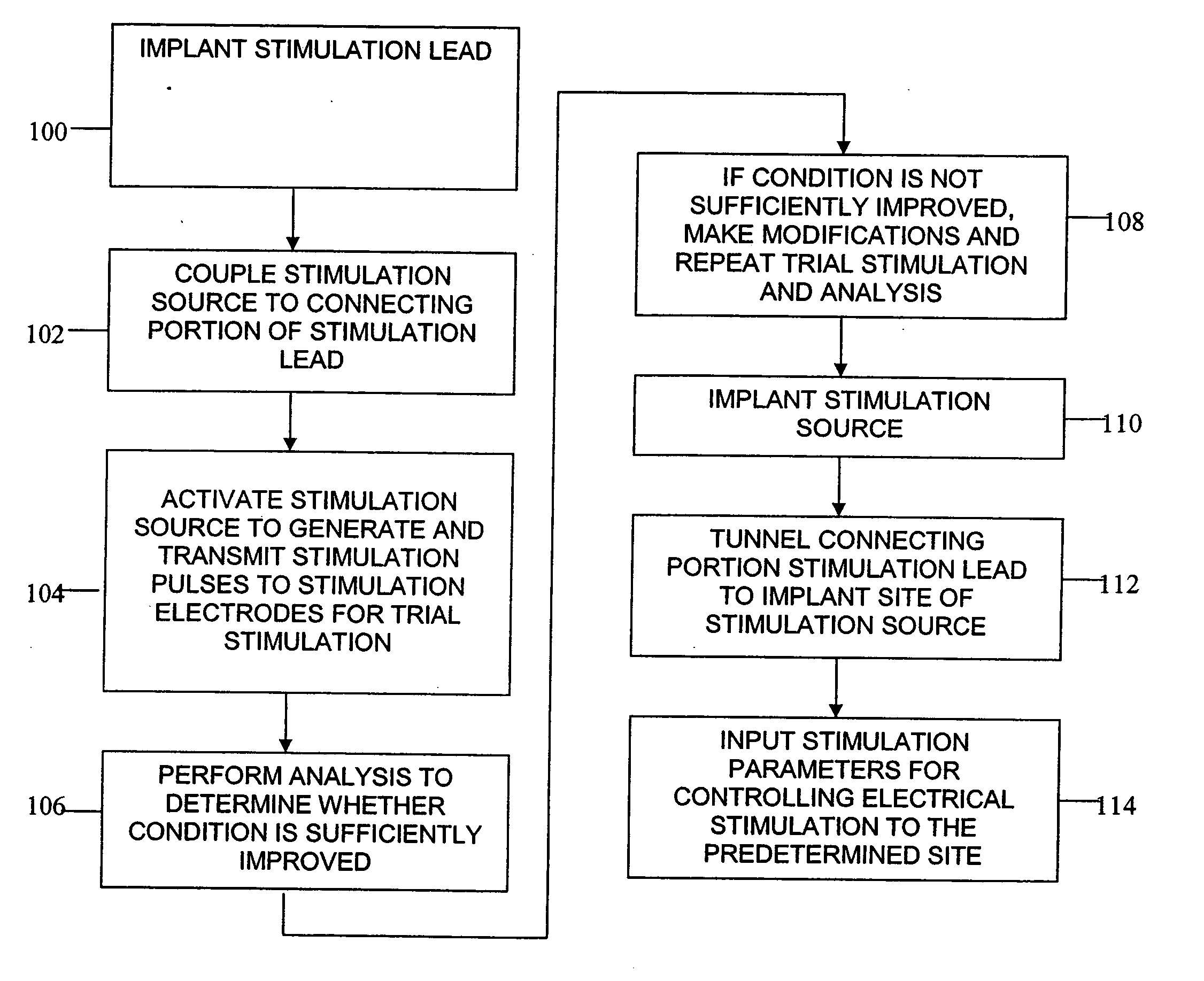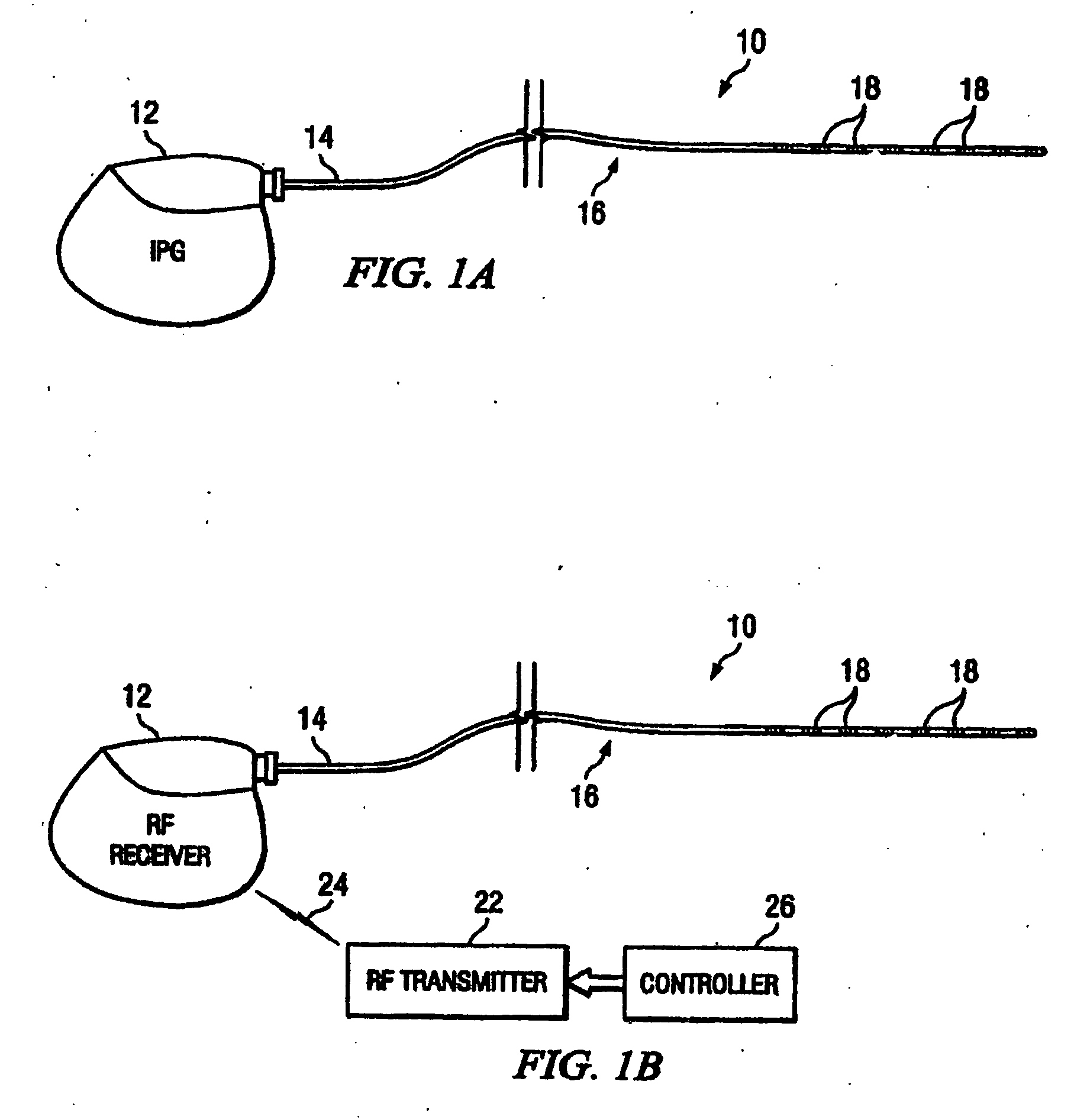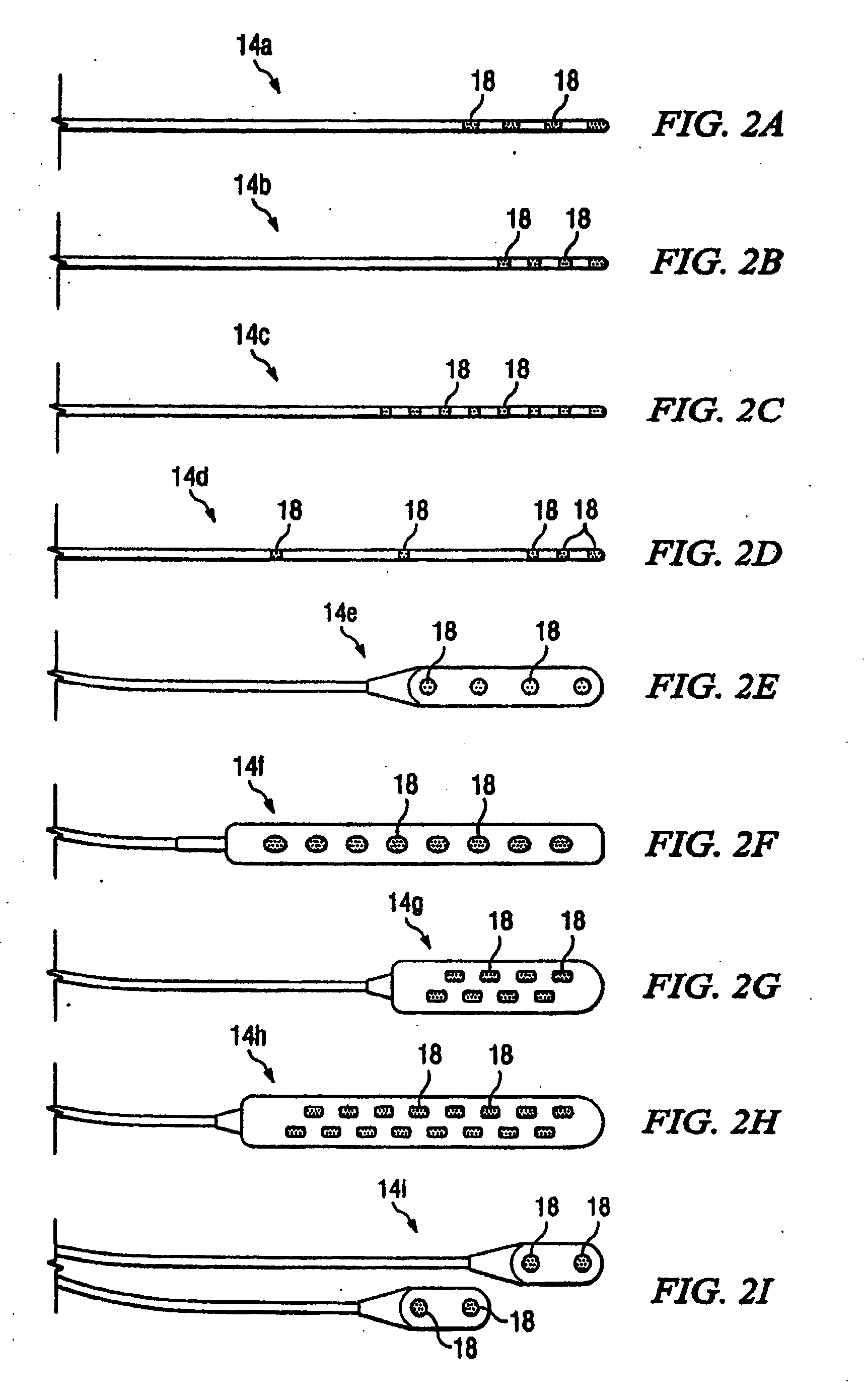Method of using spinal cord stimulation to treat neurological disorders or conditions
a spinal cord stimulation and neurological technology, applied in the field of spinal cord stimulation for treating neurological disorders, can solve the problems of neurological disorders that remain treatment refractory, suffer from treatment-resistant depression, and almost no alternative, so as to reduce motivation, reduce cognitive functioning, and reduce attention and concentration
- Summary
- Abstract
- Description
- Claims
- Application Information
AI Technical Summary
Benefits of technology
Problems solved by technology
Method used
Image
Examples
Embodiment Construction
[0028] It is readily apparent to one skilled in the art that various embodiments and modifications can be made to the invention disclosed in this Application without departing from the scope and spirit of the invention.
I. Definitions
[0029] As used herein, the use of the word “a” or “an” when used in conjunction with the term “comprising” in the claims and / or the specification may mean “one,” but it is also consistent with the meaning of “one or more,”“at least one,” and “one or more than one.” Still further, the terms “having,”“including,”“containing” and “comprising” are interchangeable and one of skill in the art is cognizant that these terms are open ended terms. Some embodiments of the invention may consist of or consist essentially of one or more elements, method steps, and / or methods of the invention. It is contemplated that any method or composition described herein can be implemented with respect to any other method or composition described herein.
[0030] As used herein t...
PUM
 Login to View More
Login to View More Abstract
Description
Claims
Application Information
 Login to View More
Login to View More - R&D
- Intellectual Property
- Life Sciences
- Materials
- Tech Scout
- Unparalleled Data Quality
- Higher Quality Content
- 60% Fewer Hallucinations
Browse by: Latest US Patents, China's latest patents, Technical Efficacy Thesaurus, Application Domain, Technology Topic, Popular Technical Reports.
© 2025 PatSnap. All rights reserved.Legal|Privacy policy|Modern Slavery Act Transparency Statement|Sitemap|About US| Contact US: help@patsnap.com



